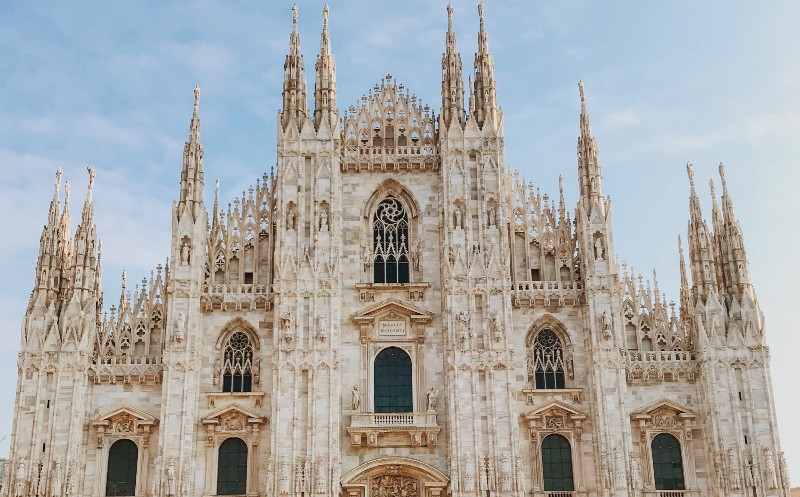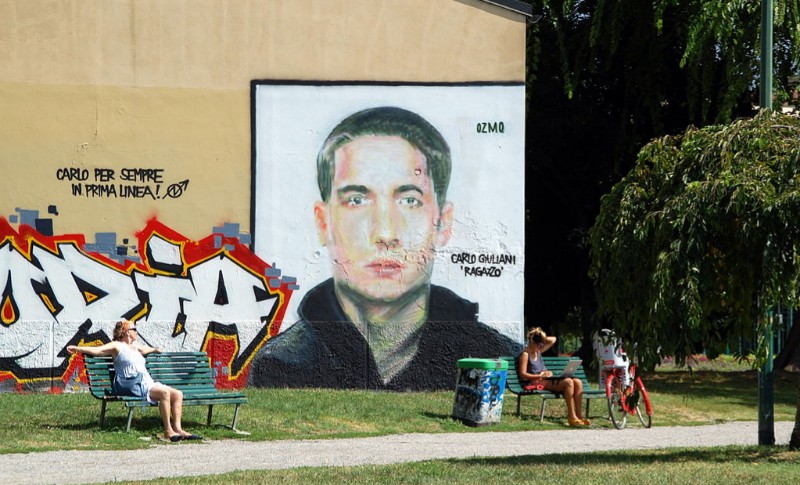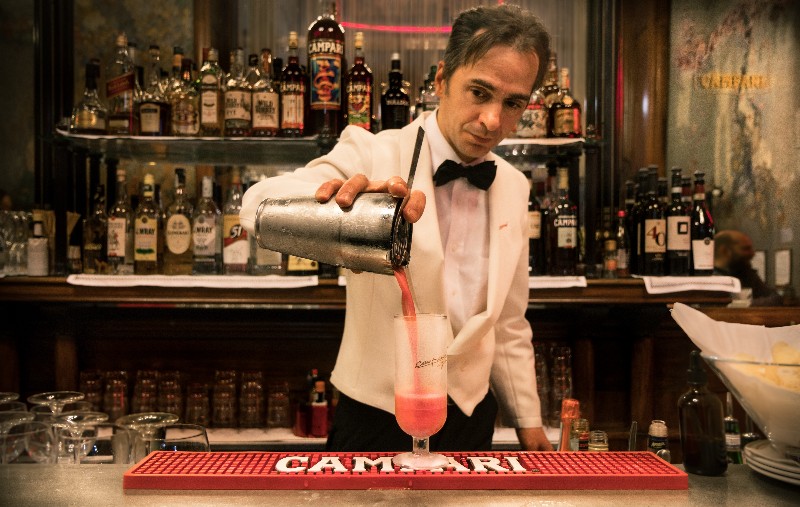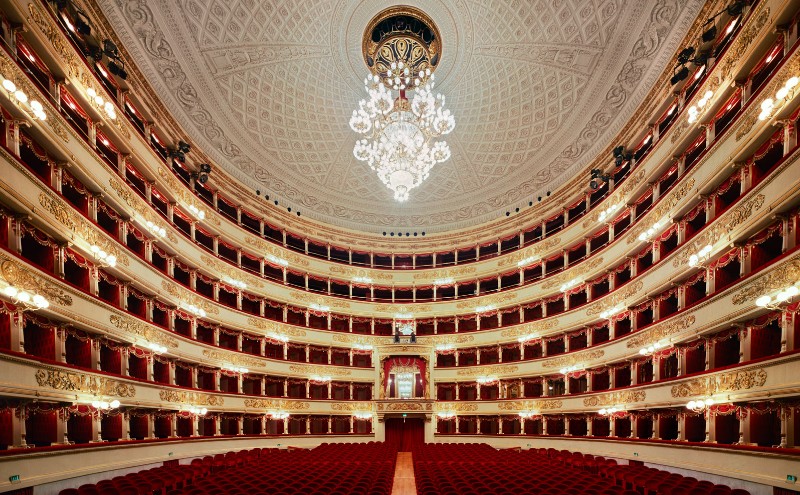Think you know Italy’s second city? Think again, these 6 historical facts about Milan will blow your mind.
1. Beneath Milan’s Duomo cathedral sits a maze of underground galleries

Photo by Caleb Stokes on Unsplash
Dating back to the fourth century, the crypts underneath Milan’s Duomo cathedral are home to centuries-old relics and more than a few secrets. Enjoy Milan’s Duomo Cathedral guided tour and go underground to see remnants of the older church, an octagonal baptistery and tombs (lots of them).
2. Milan’s coolest neighbourhood has a dark past

Photo by Massimiliano Calamelli on Flickr
Home to young hipsters and elegant dog-walkers, Milan’s Piazza Vetra is by all accounts, pretty cool. Just a few decades back though, the area was less gentrified-but-still-gritty and more okay-this-is-actually-scary sort of place. Not so cool.
In the 17th century, women accused of witchcraft were beheaded, hanged and burned alive in the piazza. Men accused of plague-spreading were tortured and executed. A young lady of the night, known simply as Rosetta, was murdered in the square in 1913. Drug deals went wrong. Right up the ‘80s, Piazza Vetra wasn’t a place for those trying to stay out of trouble.
3. The ossuary chapel used an interesting decorating method

Photo via Postcard Cities
In 1145 a hospital was built in Via Brolo. The planners of the build made one small oversight: they didn’t account for the number of dead bodies. High death rates (mostly plague-related) meant there were far too many bodies leaving the hospital to fit in the nearby graveyard, so in 1210, a small chamber was built to house leftover bones. A church was later added alongside the chamber, which officially became an ossuary chapel. Today, the skulls and bones of centuries-old hospital patients and executed prisoners cover the walls of the ossuary chapel in the San Bernardino alle Ossa church. It is known as ‘The Bone Church’, and luckily for you peepers, it’s free for a visit.
4. Aperitivo was invented here

The Campari bar is still one of the go-to places for an apertif. Photo by Martin Adams on Unsplash
Aperitivo is an institution in Milan. Italy’s magic hour got its start in the 1860s, when Gaspare Campari opened his first Milanese cafe. He wanted to serve drinks that stimulated the appetite, rather than spoiling it, so he served up his first bitter apertif: Campari. Over time more drinks were developed and nibbles added to the offerings. For the best buffet spreads in Italy today, stroll into a Milanese bar from six onwards.
5. ‘Scala’ stands for staircase

Photo by Rafael Neff, works available at Lumas Gallery
One of the world’s most famous and elegant opera houses, La Scala Milan, got its name from a humble staircase. The theatre was built where the church of Santa Maria della Scala (Holy Mary of the Staircase) once stood. The stunning, sumptuous theatre can house 3000 people in its auditorium.
6. Local’s go-to cake shop almost didn’t exist

Photo by Alisa Anton on Unsplash
Locals have broken bread in Pasticceria Cucchi for more than 70 years. In that time, the Port Geneva cafe has gained legendary cafe status; so it’s odd to think that this little Milanese gem at one stage could have been gone for good. Founded in 1936, the cafe was destroyed during the bombings of World War Two. We thank our lucky stars that the cafe was later rebuilt and restored to its former glory.